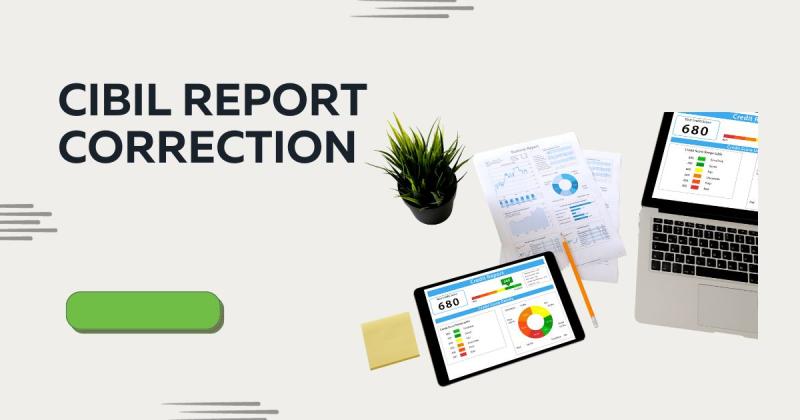What is Lease Rental Discounting? A Comprehensive Guide

Are you a business owner looking for alternative financing options? Or perhaps you're an investor seeking lucrative investment opportunities? Either way, lease rental discounting (LRD) might be the solution you've been searching for. In this comprehensive guide, we'll dive deep into the world of lease rental discounting, exploring its features, benefits, and everything in between.
What is Lease Rental Discounting?
Lease rental discounting, also known as lease rental finance or lease payment discounting, is a form of financing that allows businesses to access funds by selling their future lease rental payments to third-party investors or financial institutions. In essence, it's a way for companies to monetize their future lease income, providing them with upfront capital that can be used for various business purposes.
How Does Lease Rental Discounting Work?
The process of lease rental discounting typically involves three parties: the lessee (the business leasing the asset), the lessor (the owner of the leased asset), and the investor or financial institution. Here's a step-by-step breakdown of how it works:
The lessee enters into a lease agreement with the lessor for a specific asset, such as equipment, machinery, or real estate.
The lessee approaches an investor or financial institution to sell their future lease rental payments at a discounted rate.
The investor or financial institution pays the lessee an upfront lump sum amount, typically between 70% and 90% of the total lease rental payments.
The lessee continues making their lease payments to the investor or financial institution instead of the lessor.
The investor or financial institution earns a profit by collecting the full lease rental payments from the lessee.
Features of Lease Rental Discounting
Upfront Capital: One of the primary features of LRD is that it provides businesses with immediate access to capital, which can be used for various purposes, such as expansion, debt consolidation, or working capital requirements.
Non-Recourse Financing: In most cases, lease rental discounting is a non-recourse financing option, meaning that the investor or financial institution bears the risk of the lessee defaulting on their lease payments. This feature can be particularly attractive for businesses with limited collateral or credit history.
Flexible Terms: LRD transactions can be structured with flexible terms, allowing businesses to tailor the financing solution to their specific needs. This can include adjusting the discount rate, repayment schedules, and lease durations.
Asset-Based Financing: Lease rental discounting is an asset-based financing option, where the leased asset serves as collateral for the transaction. This can make it easier for businesses to secure financing compared to traditional loan options.
Benefits of Lease Rental Discounting
Improved Cash Flow: By receiving an upfront lump sum payment, businesses can significantly improve their cash flow situation, which can be crucial for managing day-to-day operations, paying suppliers, or investing in growth opportunities.
Access to Capital without Debt: Unlike traditional loans, LRD allows businesses to access capital without incurring additional debt on their balance sheets. This can be beneficial for companies that want to maintain a healthy debt-to-equity ratio or avoid the constraints associated with debt financing.
Tax Advantages: In many cases, lease rental payments are considered operating expenses and can be deducted from taxable income. This can result in potential tax savings for businesses, making LRD an attractive financing option.
Flexibility: As mentioned earlier, LRD transactions can be structured with flexible terms, allowing businesses to tailor the financing solution to their specific needs and circumstances.
Leverage Existing Assets: By monetizing future lease rental payments, businesses can leverage their existing assets to access capital, without having to provide additional collateral or meet strict credit requirements.
Conclusion
Lease rental discounting is a valuable financing tool that can provide businesses with access to upfront capital while leveraging their existing assets.
By understanding its features, benefits, and potential risks, companies can make informed decisions and explore whether LRD is the right financing solution for their needs.
Remember to consult with financial professionals and conduct thorough due diligence before entering into any lease rental discounting arrangement.
FAQs
Q.1 What types of assets are eligible for lease rental discounting?
Lease rental discounting can be used for a wide range of assets, including equipment, machinery, vehicles, real estate, and more. As long as the asset is being leased, it may be eligible for LRD.
Q.2 Is lease rental discounting a form of borrowing?
No, lease rental discounting is not considered a form of borrowing or debt financing. It involves selling future lease rental payments to an investor or financial institution at a discounted rate.
Q.3 Can lease rental discounting be used for personal leases?
No, lease rental discounting is primarily used for business leases and is not typically applicable to personal leases.
Q.4 Are there any risks associated with lease rental discounting?
While LRD can provide numerous benefits, there are some risks to consider. For example, businesses may forfeit a portion of their future lease rental payments due to the discounted rate, and there may be penalties or fees for early termination or default.
Q.5 How does lease rental discounting affect tax obligations?
The tax implications of lease rental discounting can vary depending on the specific circumstances and jurisdiction. It's essential to consult with a tax professional to understand the potential tax consequences and benefits.









Comments